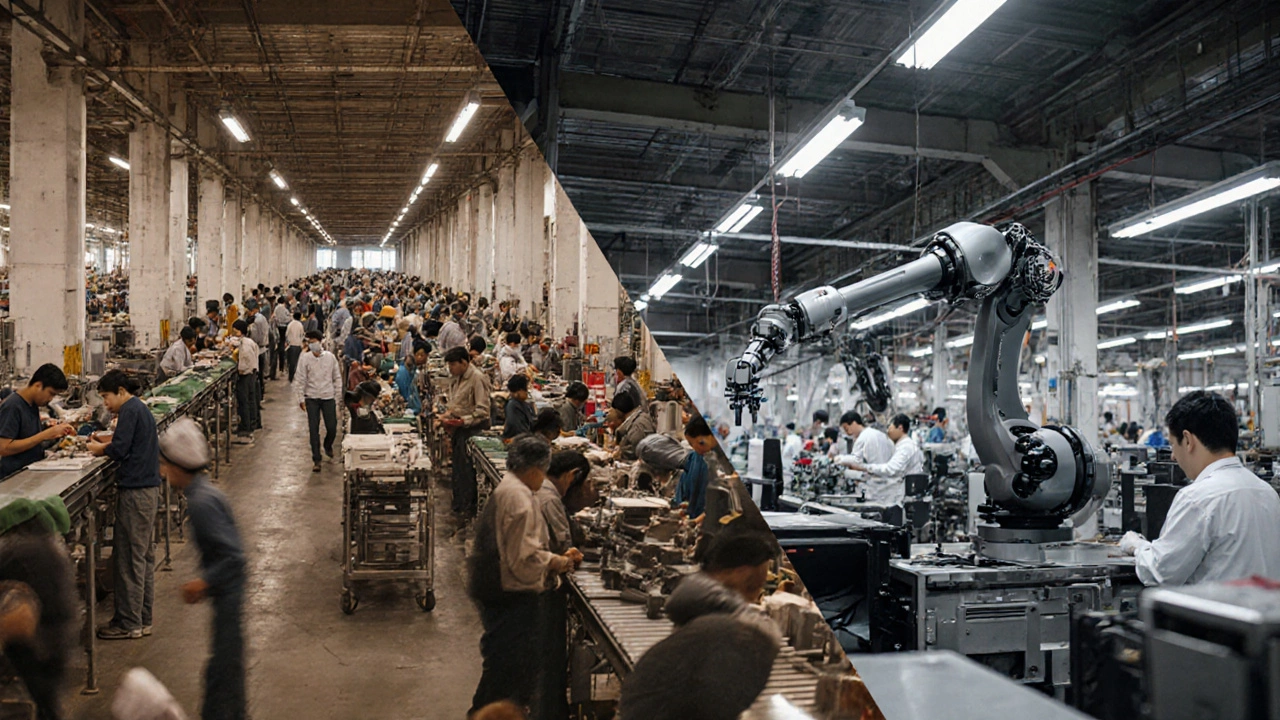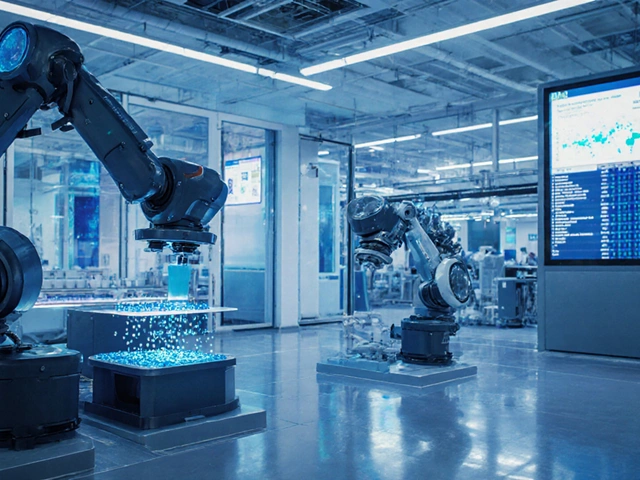Labor Cost India vs China – A Practical Look for Manufacturers
When evaluating Labor Cost India vs China, the wage gap between the two manufacturing powerhouses and its impact on overall production expenses. Also known as India‑China wage comparison, it helps firms decide where to locate new plants, how to price products, and which markets can sustain higher margins. Understanding this comparison is the first step toward smart cost planning.
Key Drivers Behind the Cost Gap
Two closely related entities shape the picture: Manufacturing Cost, the total outlay for raw materials, equipment, energy, and labor and Wage Differentials, the variations in hourly pay, benefits, and productivity across regions. Manufacturing cost encompasses labor cost, but also includes plant setup, logistics, and compliance expenses. Wage differentials directly influence the labor portion of that total, often accounting for 30‑40% of the overall bill in textile or electronics factories. Another entity, Industrial Competitiveness, a country's ability to attract investment through cost efficiency, skill level, and policy support, ties both together: lower wages boost competitiveness, yet skill gaps can offset savings.
Putting these together, we get clear semantic triples: (1) Labor Cost India vs China influences Manufacturing Cost; (2) Wage Differentials drive Industrial Competitiveness; (3) Industrial Competitiveness determines investment decisions. For a manufacturer, the chain means that a lower hourly rate in India may look attractive, but you must also weigh productivity per worker, automation readiness, and supply‑chain reliability.
Recent data shows average factory wages in China hovering around $6‑$7 per hour, while India’s rates sit near $2‑$3. However, the productivity index—units produced per labor hour—is roughly 1.5‑2 times higher in Chinese plants for high‑mix electronics. That gap narrows the effective cost advantage for India in low‑skill, volume‑driven sectors such as basic garments or plastic components. Meanwhile, sectors needing advanced skills, like automotive engine assembly, still benefit from Chinese expertise despite higher wages.
Policy and infrastructure also play a role. China’s mature logistics network cuts shipping costs by up to 15%, while India’s ongoing rail upgrades aim to reduce inland freight times, potentially offsetting higher inland transport fees. Energy prices, tax incentives, and labor law flexibility further shift the balance. In practice, many firms adopt a hybrid model: high‑value, precision work in China, and labor‑intensive, cost‑sensitive lines in India.
What you’ll find in the articles below is a mix of real‑world examples—small factory cost breakdowns in India, the impact of wage trends on Toyota’s Indian operations, and broader analyses of why India isn’t yet the world’s manufacturing hub. Together they illustrate how labor cost India vs China isn’t a single number but a set of interlocking factors you must weigh before committing capital.
Ready to dig deeper? Browse the collection to see how wage gaps affect setup budgets, profitability, and strategic positioning for manufacturers eyeing Asia’s two biggest production powerhouses.
India vs China: Which Country Offers Cheaper Manufacturing?
A detailed comparison of manufacturing costs in India and China, covering labor, energy, land, logistics, regulations, hidden expenses, and a decision matrix for choosing the cheaper location.
Read More




